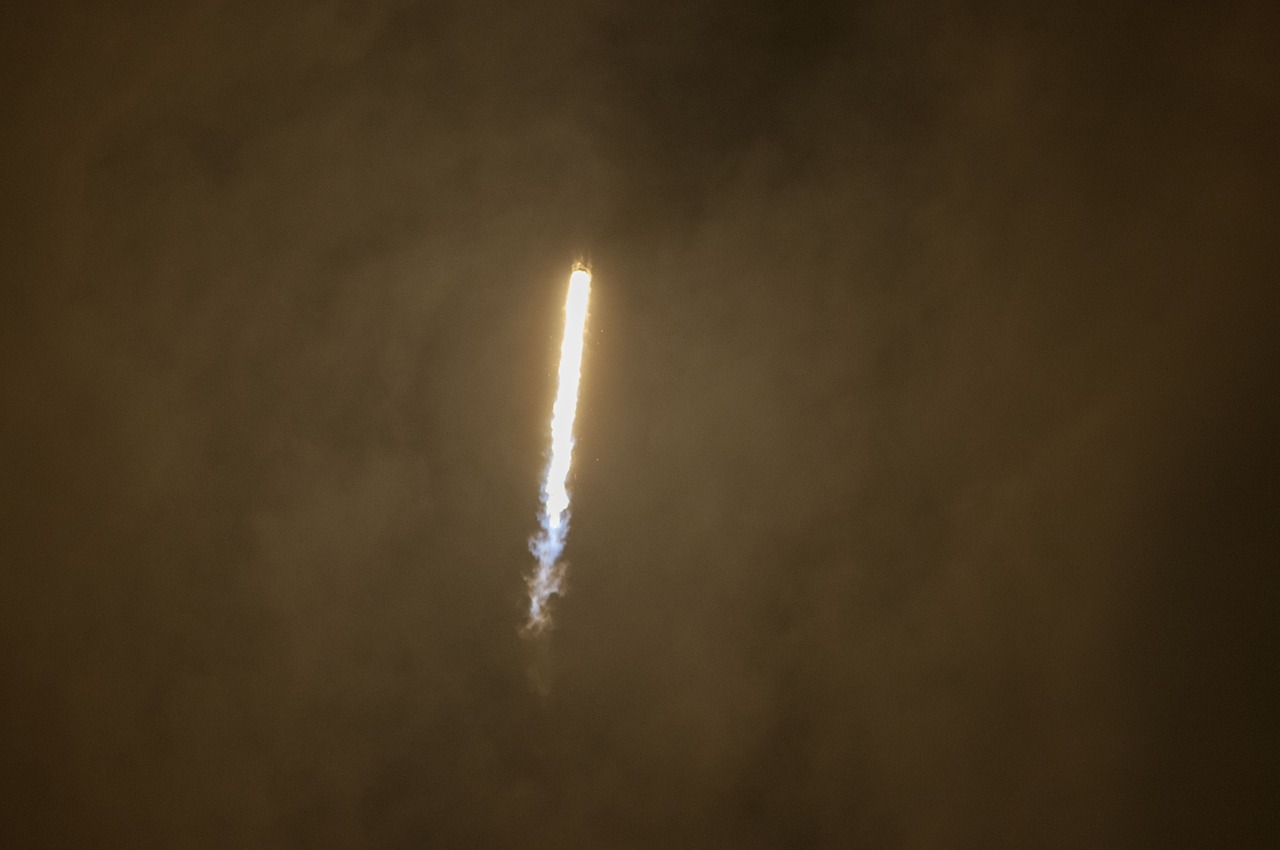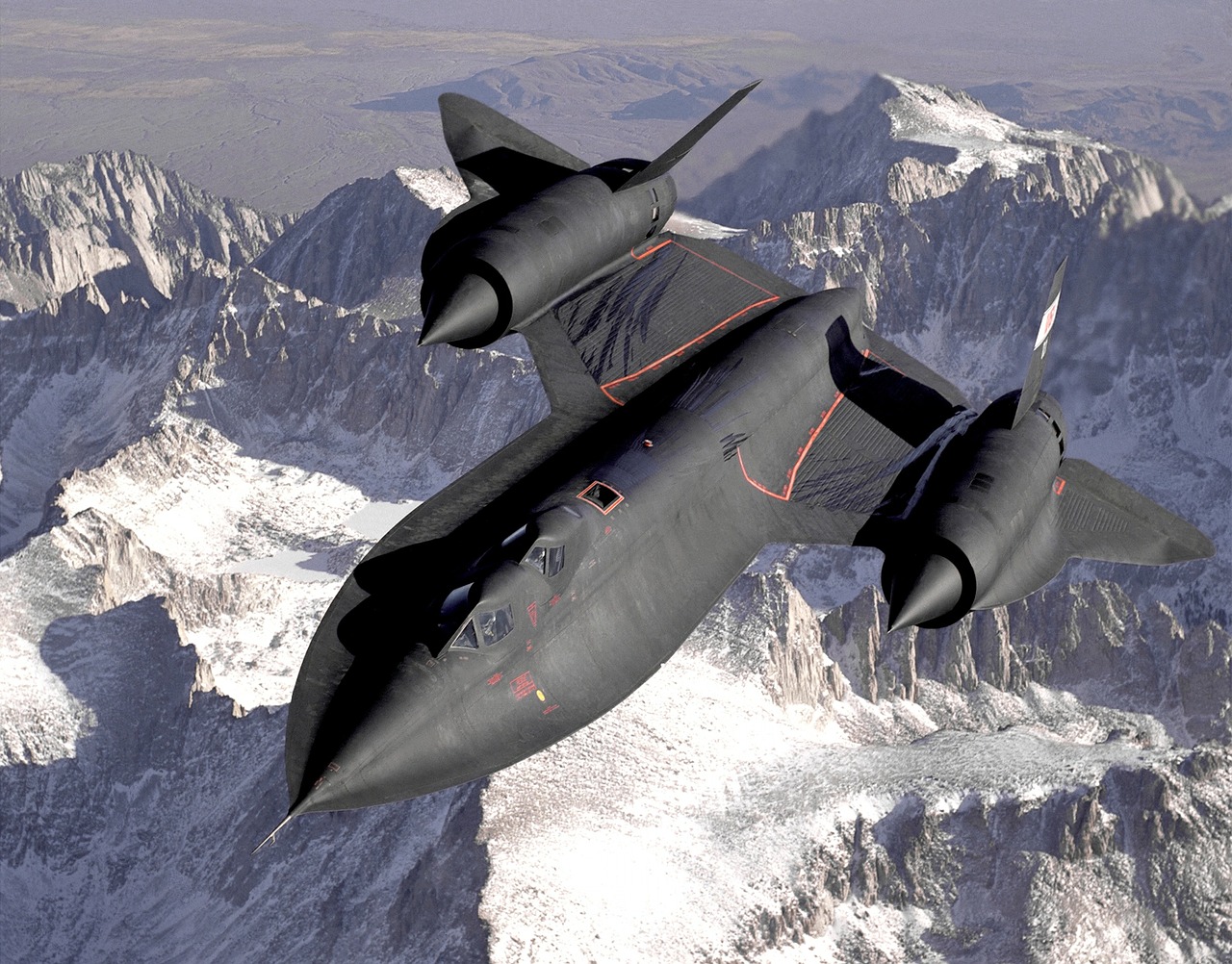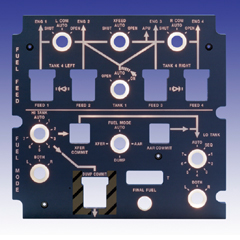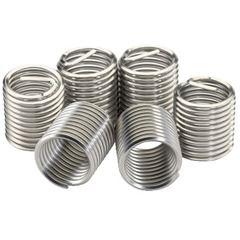The recent North Korean testing of its nuclear-capable Inter-Continental Ballistic Missile (ICBM), Hwasong-14, has left most of the nations on the edge, especially the United States.

N. Korea now threatens to target Guam, a US West Pacific Island with a population of more than 160,000.
It even triggered a chilling retort from the POTUS with his “fire and fury†rhetoric, which is reminiscent of the 1950s.
The North Korean supremo’s unending verbal ballistics sparked off fears of unwarranted nuclear attacks on the US military base, and the flames of a looming, all-out nuclear war.
The schism within the Pentagon on the issue has been brought out into the open, with most of its officials agreeing that the idea of war any time soon is a hyperbole, and the idea of the US initiating the first attack would be a strategic blunder.
The only focus of the US apparently is on handling the delicate situation with tact and, if it comes to it, intercept the ICBM as a defensive measure.
Regardless of whether the US – or the rest of the world – ought to be in dread of N. Korea’s alleged nuclear jingoism, this development is only a glimpse of how quickly owning an operational ICBM shifts geopolitical power dynamics.
Without digressing further, this article will disseminate all the information needed on missiles, rockets and ICBMs to understand the status quo.
Rocket
Rockets are cylindrical projectiles propelled by hot exhaust gases and launched to carry out non-target missions at a particular height.
Rockets usually carry industrial or commercial payloads, such as satellites, to a designed orbit.
These mission-critical payloads carry out several functions while remaining in the orbit for a specified time period.
Depending on the nature of the mission, rockets can be either guided or unguided.
As an additional information, rockets used for research purposes are smaller in size and are termed, “sounding rockets.â€
The modern liquid propellant rocket was invented by Robert Goddard, also recollected as the Father of Modern Rocketry.
Later, Werner Von Braun, a German and American rocket pioneer, invented the V2 rocket for Nazi Germany and later the Saturn V rocket for NASA’s Apollo that carried the first humans to our Moon.
How Does a Rocket Engine Work
A basic rocket engine burns solid, liquid, gaseous or hybrid propellants to generate exhaust gases and release them via an exhaust nozzle at extremely high velocities.
These gases exert a force on the walls of the nozzle. Using Newton’s Third Law of Motion, the gases generate an equal and opposite reaction force called Thrust, which propels the rocket forward.
The basic difference between a combustion engine and a regular rocket is that the latter does not require intake air to function. Rather, it carries all the oxygen it requires for combustion.
Another key difference is, a combustion engine doesn’t use its exhaust gases to thrust forward. Rather, it converts the chemical energy in its engine to the rotational motion of its wheels/propellers.
The various types of modern rocket engines are: liquid, solid, hybrid, gaseous and ramjet.
There are several other upcoming exotic propellants and engine designs being developed, which are beyond our scope.
Missiles
Missiles are self-propelled, cylindrical guided-munition systems launched towards a specified target.
Range is the most important parameter by which a missile’s performance is judged.
Rockets and missiles can be of multiple stages, depending on mass budget requirements and parameters such as range and height.
The foremost goal of a missile is to achieve range, accuracy and precision for striking the target.
Missiles are necessarily used in combat and have changed the way battles are won.
Several nations command their Air Force to drop missiles as a last resort, and many a times have successfully gained sweeping victories.
The defence industry categorizes missiles as: surface-to-air, surface-to-surface, air-to-surface, air-to-air, cruise, ballistic, submarine-launched, submarine-launched cruise, anti-submarine, anti-ship, anti-ballistic, anti-satellite, shoulder-fired, wire-guided, beyond-visual-range, and many others.
And within Ballistic missiles is the one N. Korea just tested – Inter-Continental Ballistic Missile or ICBM.
How ICBMs Work
ICBMs are guided ballistic missiles capable of delivering warheads, especially thermonuclear bombs, to long-range targets at extreme velocities.
Unlike other missiles, modern ICBMs are capable of suborbital flights, which enable them to achieve the long range at extreme speeds while burning minimum fuel.
For the first part of the journey – termed boost phase – ICBMs use single or multistage rockets.
Once it reaches maximum height – called midcourse phase – it achieves sufficient velocity and takes sub-orbital flight. Here, it reaches the apogee point of the orbit before reentry.
The warhead is then de-orbited onto its target – called the reentry phase. The warhead now is completely under the influence of gravity and requires no main thrusters to navigate.
Several modern ICBM warheads are being designed to act as maneuverable reentry vehicles in order to autonomously track the target for maximum precision and impact.
The reason why the article mentions nuclear warheads time and again is because ICBMs are expensive and extremely complex to engineer, and thus are designed to deliver only sensitive warheads such as nukes or high-intensity bombs, safely.
Recent attempts of military organizations have been to increase precision in order to avoid collateral damage.
Hwasong-14
Termed KN-40 by the US, Hwasong-14 enjoys secrecy as most of its details remain shrouded due to North Korea’s martinet, protectionist media policies.
Its length, diameter, and weight are unknown. However, sources confirm that it has a target range north of 10,000 km.
It uses a two-stage, liquid propellant engine and was recently test fired.
The fiery guided-munition is designed to attack several parts of the East and West coast of US, including Washington DC.
The nation now threatens to attack Guam, a military base in the West Pacific, US, with a population of more than 160,000 civilians.
How the “Fire & Fury” Might Go Down
As per defence analysts, aerospace engineers and North Korea experts at the Pentagon, this is how the process would take place if only the available data is considered.
Phase I – Booster
1. T minus zero seconds: Missile ignites. Lifts Off.
2. T plus few seconds: The missile is aimed towards the target.
3. T + 10 minutes: First roll manoeuvre occurs – missile turns 45 degrees on its vertical axis.
4. T + 19 minutes: The missile is at an altitude of 2.53 km.
5. T + 39 minutes: The missile reaches a height of 11.58 km.
6. T + 45 minutes: The second roll manoeuvre occurs, turning the missile 45 degrees again.
Phase II – Mid-Course
1. T + 62 minutes: Missile begins to separate and the skirt of the missile starts to detach from the middle body and top shroud.
2. T + 74 minutes: Missile reaches 30.4 km altitude.
3. T + 121 minutes: Missile shroud along with warhead jettisons from the main body of the vehicle.
4. Reentry vehicle (shroud and warhead) reaches apogee at 96 km. Atmosphere reentry begins.
Phase III – Reentry & Impact
1. Booster thrusters ignite and steer the reentry vehicle. Ballistic path accuracy course corrections start.
2. Vehicle drops to 73 km.
3. Vehicle continues manoeuvering in space for targeting.
4. Spin-gas generator fires and stabilizes the plummeting warhead.
5. Warhead detonates at Guam.
Conclusion
It is pertinent to note that neither the US nor Japan have any specific method to intercept the missile in the heart of the pacific ocean due to distance, climatic conditions and various other factors.
Therefore, whether or not the attack at Guam could be averted remains elusive.
ICBMs are capable of changing territorial dynamics and pose a sizeable threat to the global community when used as an offensive.
However, understanding the threat would help nations arm themselves with better defence systems that could accurately intercept even unanticipated attacks.



0 Comments